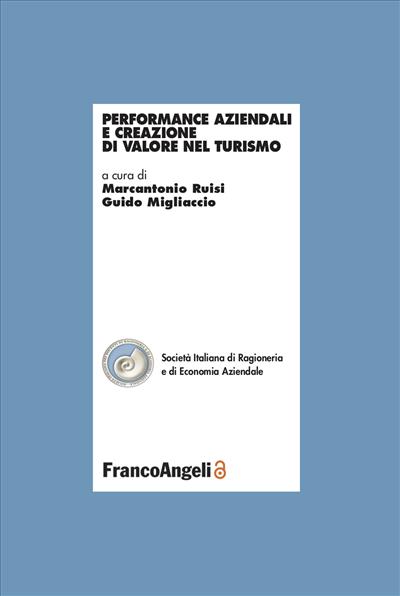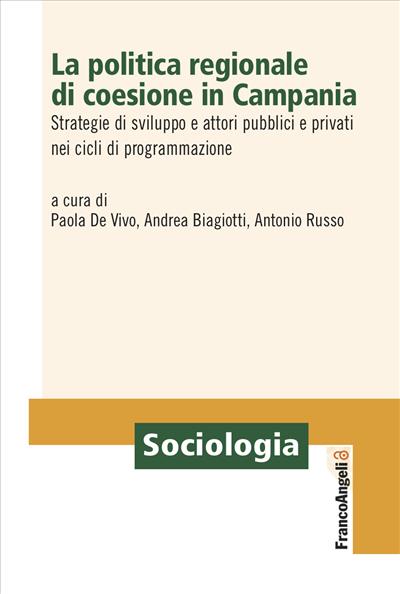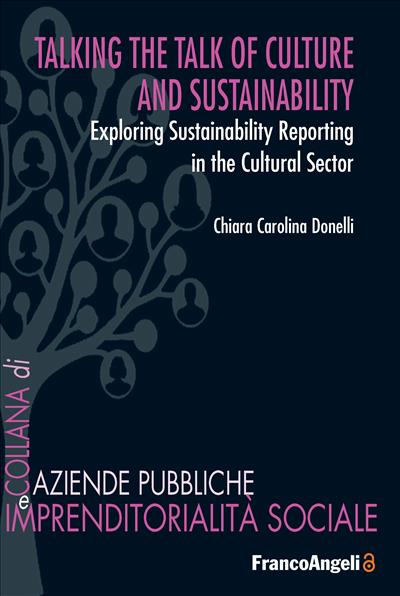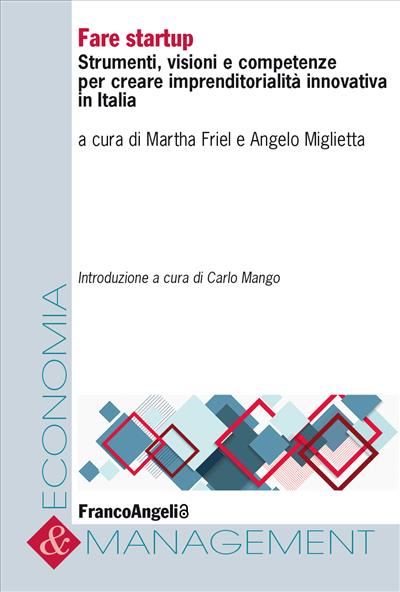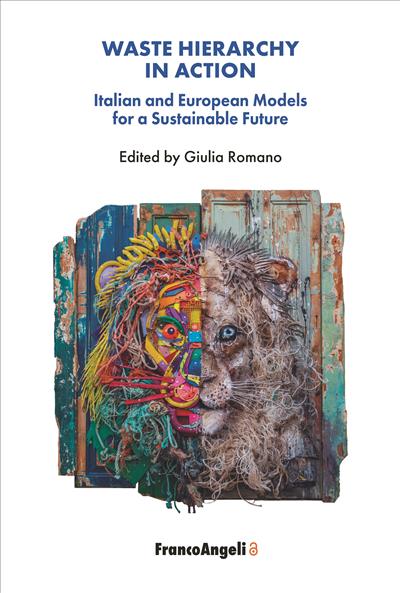
A cura di: Giulia Romano
Waste Hierarchy in action
Italian and European Models for a Sustainable Future
The “waste hierarchy” principle is a pillar of European environmental policy. Despite the presence of common objectives set by the European Union, each country maintains a wide margin of autonomy in implementation, deciding how to incentivize the most effective actions (reduction, reuse, recycling) and discourage those that are less sustainable (incineration and landfill). The book is aimed at anyone who wants to understand how the circular economy can move from vision to transformative practice, offering concrete examples and a replicable model for implementing strategies capable of reconciling economic balance, environmental sustainability, and social equity.
Pages: 282
ISBN: 9788835183266
Edizione:1a edizione 2025
Publisher code: 11820.44
